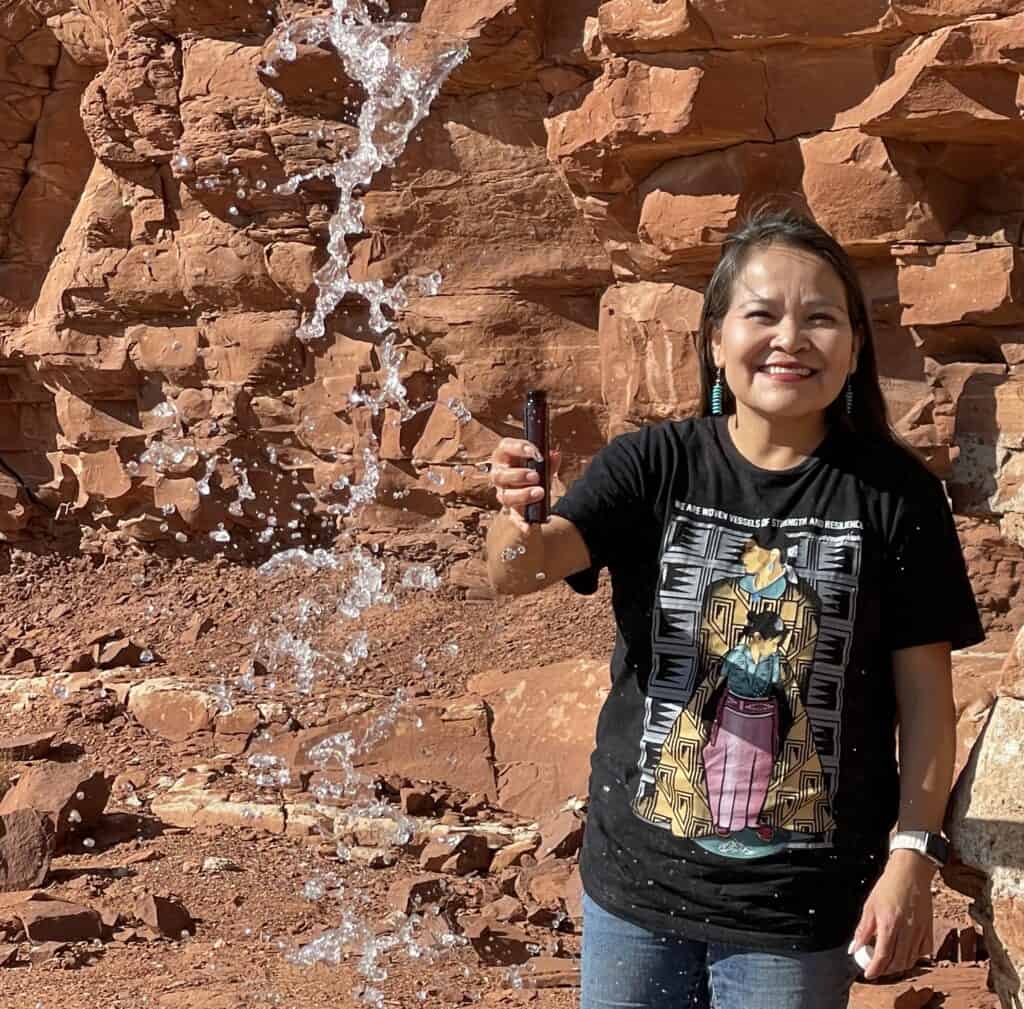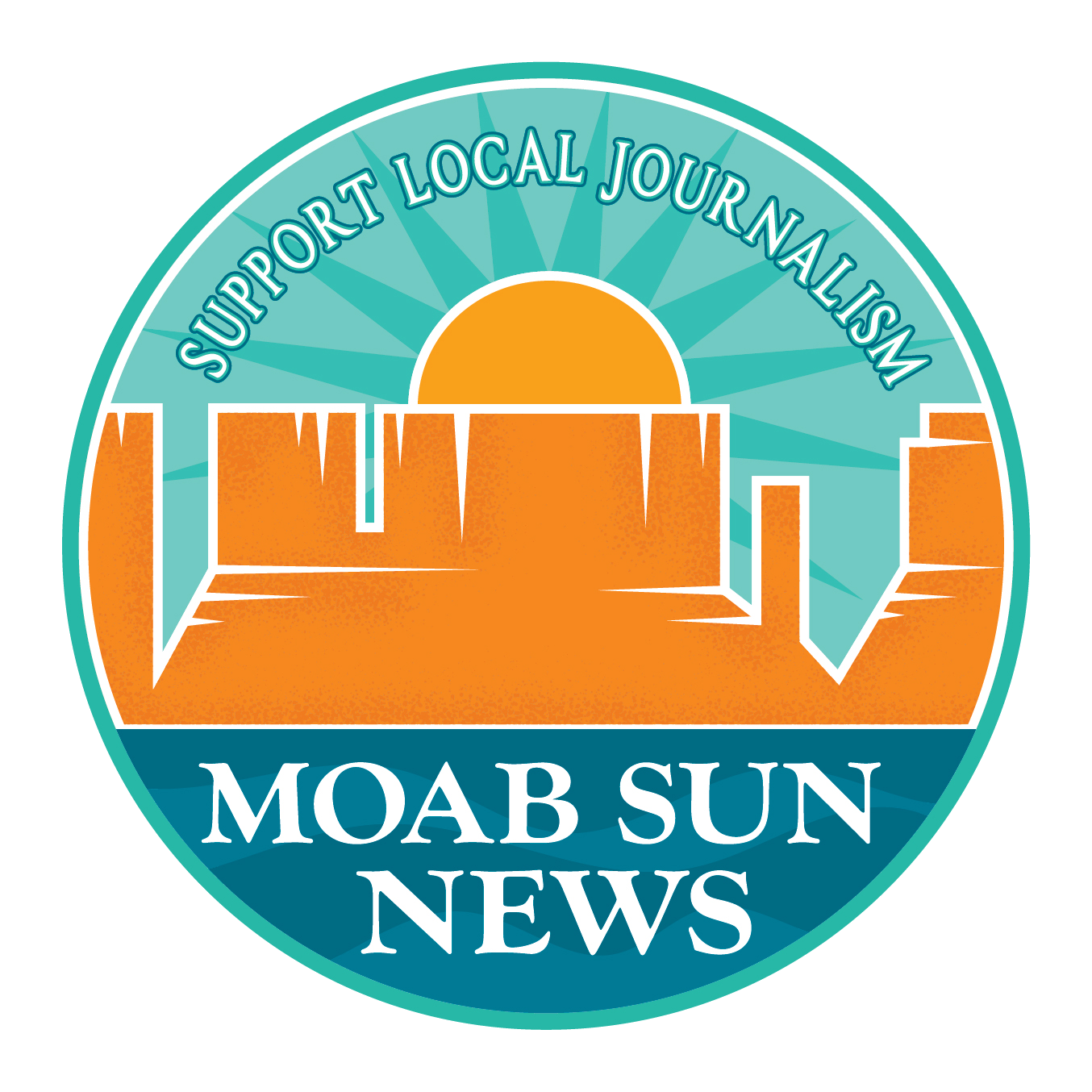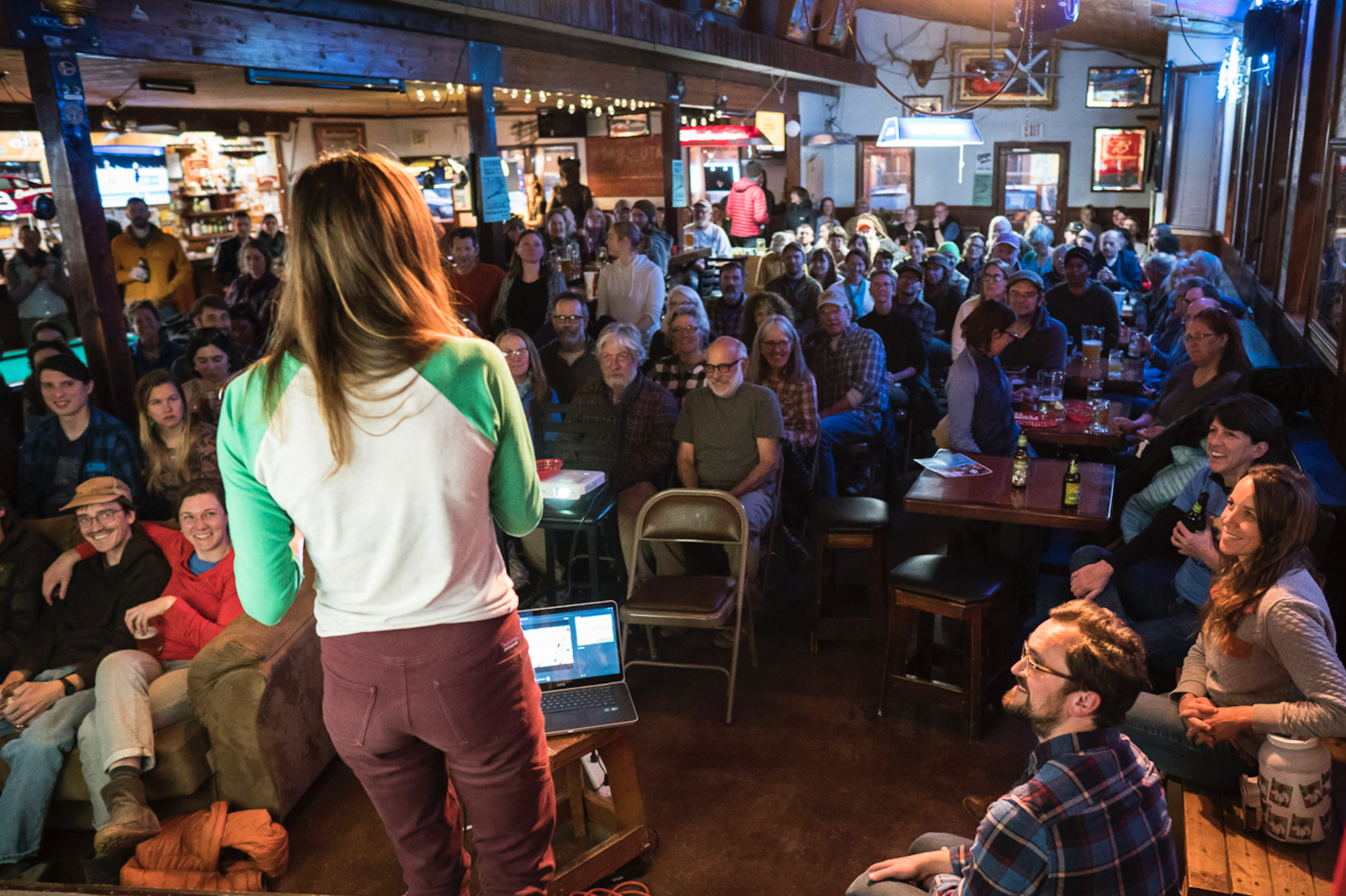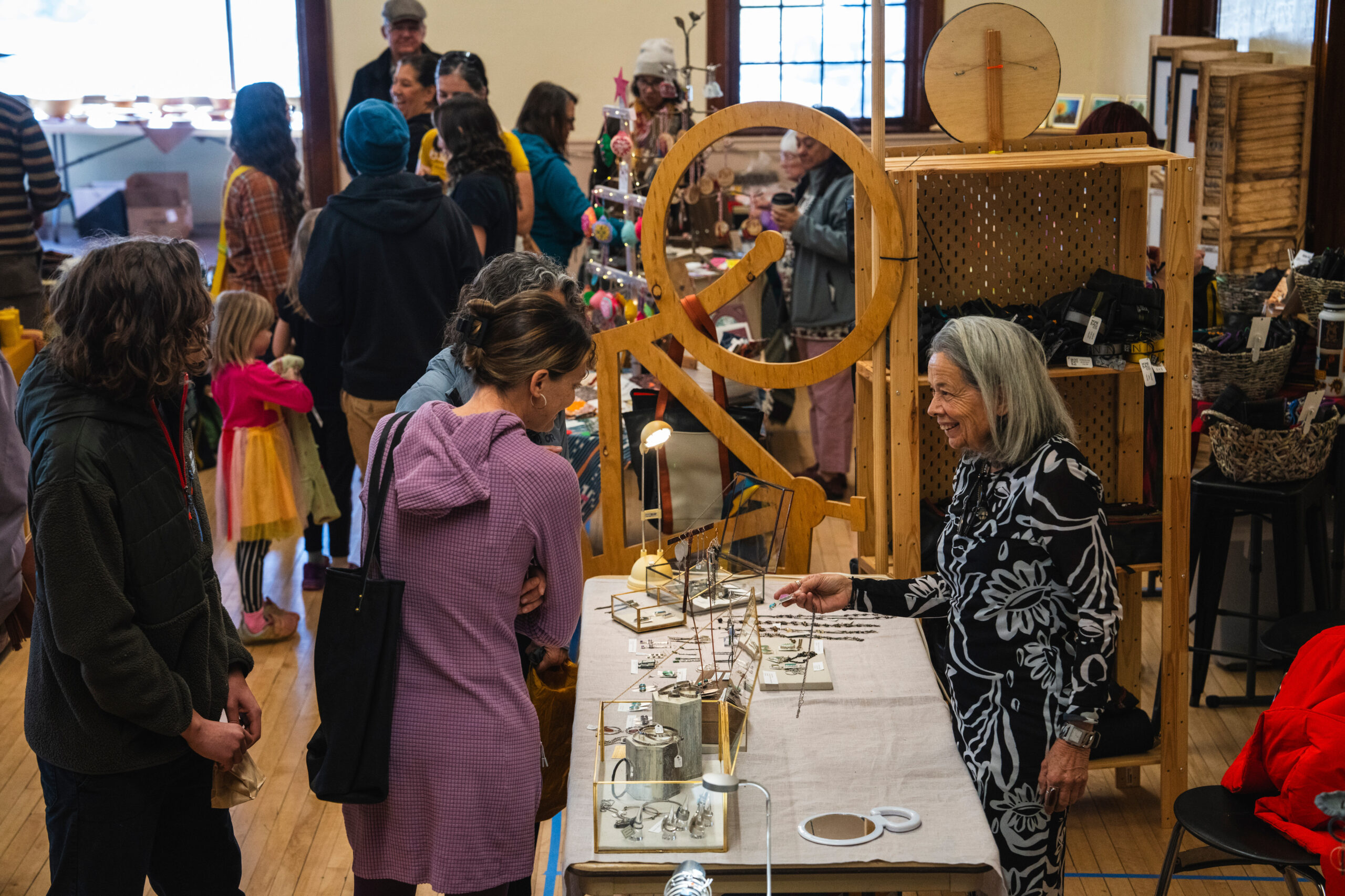Science Moab recently spoke to Dr. Karletta Chief, director of the Indigenous Resilience Center at the University of Arizona and extension specialist and professor in the department of environmental science. Originally from Black Mesa on the Navajo Nation, she holds degrees in civil and environmental engineering and hydrology.
Chiefs expertise is in working with tribal communities on issues related to water resources.

Science Moab: You bring a variety of knowledges to your work, weaving together your [Diné] cultural background and the practice of Western science. What are some of the water challenges that tribal communities are facing today?
Chief: Tribes are deeply connected to the places in which they live. This involves their cultural livelihood, their spirituality, their identity. So when there are environmental impacts to their water and to the places where they live, it really impacts them at a much deeper level. When we talk about impacts to water, it also means impacts to land, impacts to species, and impacts to food—that’s why I started looking at it more from a holistic lens.
Some of the tribes may have existing water infrastructure, but they may need more maintenance, or they may not be able to handle water quality changes. Some communities don’t even have water; it varies across the whole United States.
More recently, I have been working with the Navajo Nation, and the statistics for lack of access to water on the Navajo Nation varies greatly—anywhere from 12% to as high as over 30%. Water security is a real issue here in the United States with tribal communities.
Science Moab: What have you learned in your work?
Chief: It’s really important to build trust, and to build trust you have to have transparency, dialogue, and be of service to Indigenous communities; you can’t really be a partner unless you have that trust.
In my work, it takes a lot of conversations and a lot of outreach to be invited to [Indigenous] communities. I’m not invited to all these communities, so I only work in the communities that I have been invited to work with, and that’s part of building that trust.
I find those places where I’m invited to participate, and then work from there to learn and understand the community and understand what the needs are, what the priorities are, and then see if there’s a fit there to partner with that tribe.
It’s really important that the work that we do is community-driven, approved by the tribal community, and that [the community’s] research priorities are at the forefront.
The work that we do abides by Indigenous data sovereignty protocols: [the community is involved in] any kind of data collection and in the analysis of that data, and they’re co-presenting alongside our team. They’re part of the co-authorship of whatever’s being developed and they’re in control of the data and the dissemination process.
Science Moab: You lead the Indigenous Resilience Center (IRes) at the University of Arizona, which recently become a climate hub! Could you break down the goals of the IRes?
Chief: Our vision and our mission at IRes is centering Indigenous knowledges towards environmental climate solutions. Our areas of work focus on the food-energy-water nexus.
Several of our faculty are working with various tribal communities within the food-energy-water nexus and this includes research, education, and outreach. Dr. Michael Kotutwa Johnson, who’s a Hopi professor here at the University of Arizona, is doing a lot of work on Indigenous agriculture—particularly working with seed sovereignty—because many of these tribal communities use their Indigenous seeds to do Indigenous agriculture.
Another effort with Dr. Joe Hoover, who’s a professor in environmental science, is looking at how communities are being impacted by environmental contamination, and making sure that the data being collected considers Indigenous livelihood and perspectives, and then making sure that water quality data is given back to tribal communities so that they can better make decisions in real time. Dr. Hoover has developed a GIS water portal that compiles a lot of his water data and many of the Navajo decision-makers and managers use it to quickly look at the data that’s out there.
Science Moab: What do you want to see for the futures of the tribal communities that you work with?
Chief: I would love to see young people continuing to go back to their communities, whether it’s physically or virtually, and be part of co-designing and coming up with solutions to address environmental challenges.
Our young people, they’re passionate, they love their communities. They understand their history, their culture, their languages, and they’re the changemakers. They’re the future of our communities, so supporting them to go back to their communities is really what I’m passionate about.
Appreciate the coverage? Help keep local news alive.
Chip in to support the Moab Sun News.





